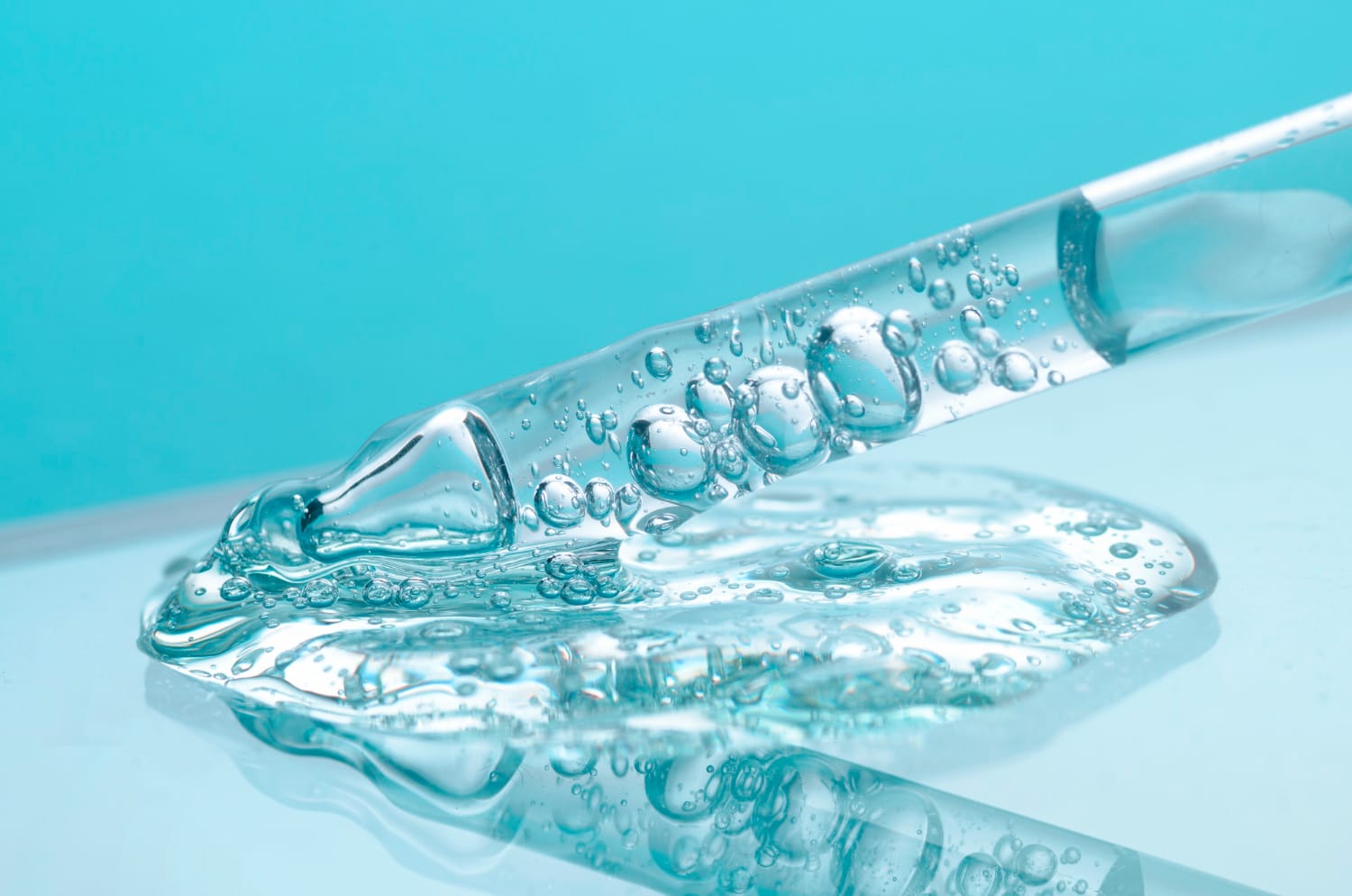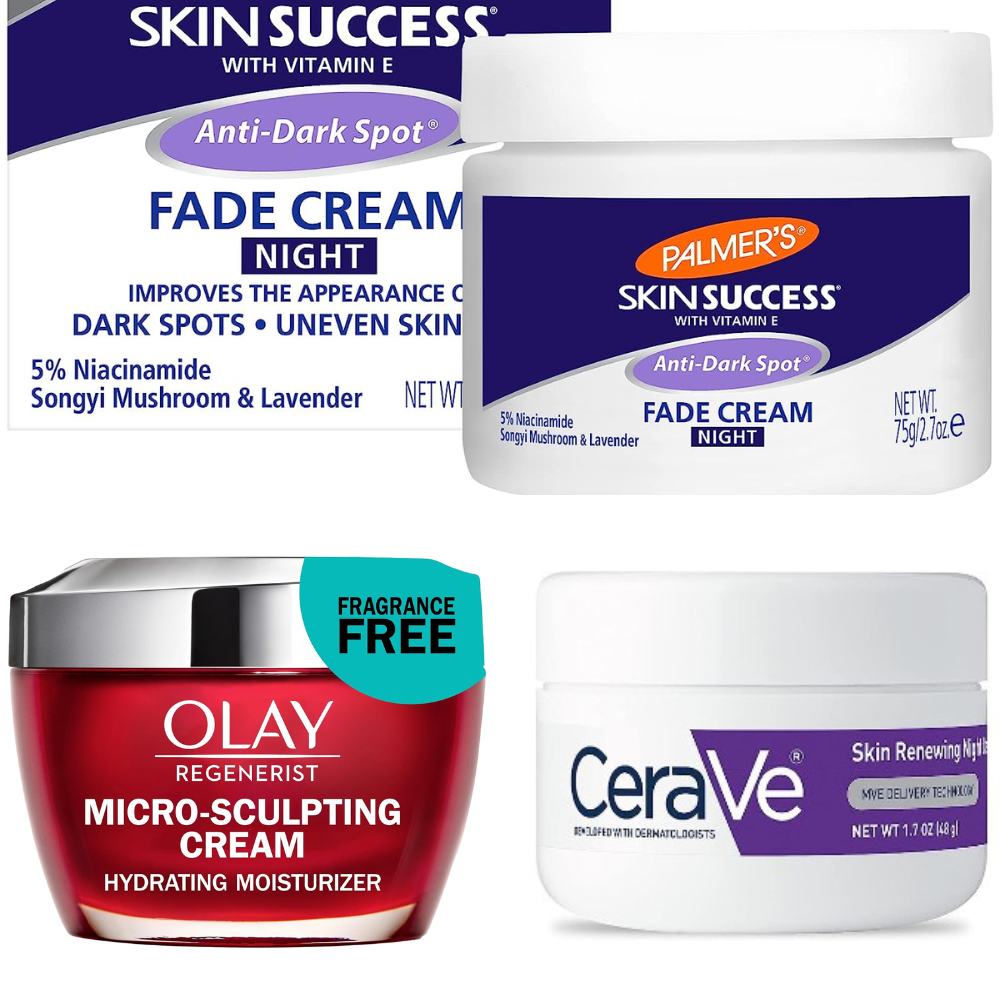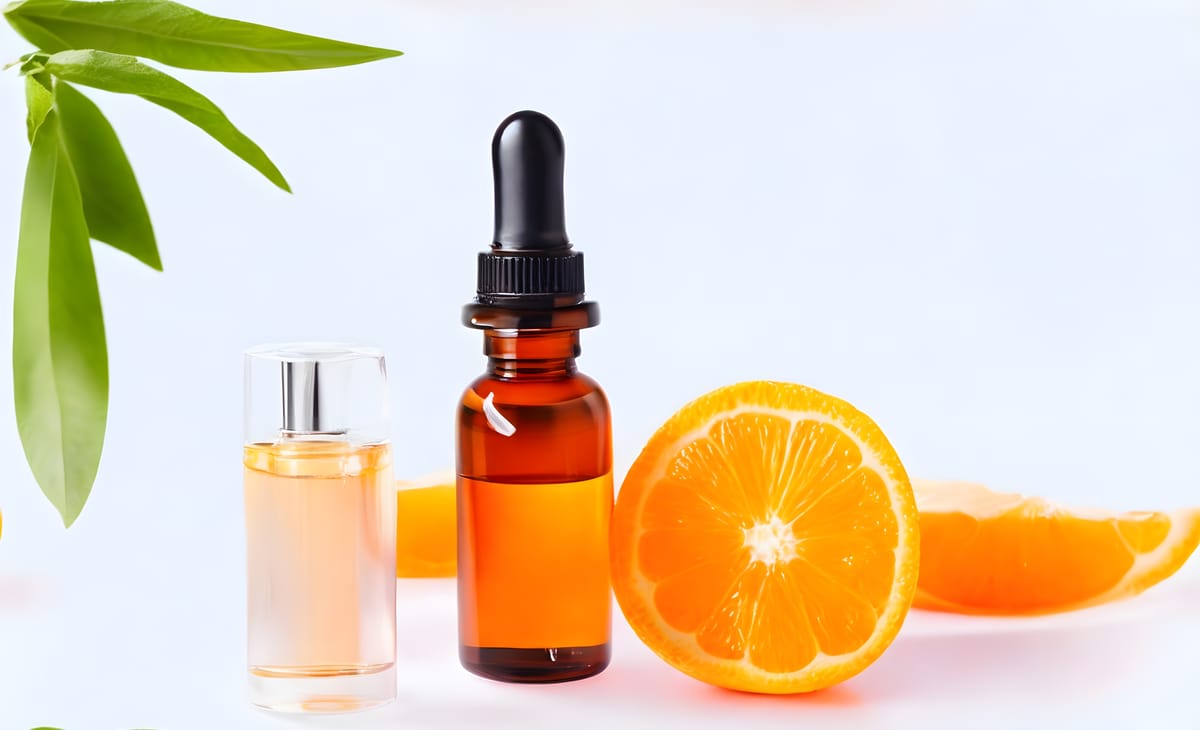Key Takeaways:
- Understand how niacinamide and glycolic acid can benefit your skin when used correctly.
- Learn the importance of incorporating both ingredients into your skincare routine for optimal results.
- Explore the best practices for combining niacinamide and glycolic acid to ensure optimal skin health.
Skincare enthusiasts are always on the lookout for the next best thing to keep their skin glowing and healthy. Among the myriad of ingredients that have gained popularity, niacinamide and glycolic acid stand out for their remarkable benefits. But what happens when these two powerhouses are combined? Let's dive into the world of these skincare saviors and explore how they can transform your skin.
The Dynamic Duo: Niacinamide and Glycolic Acid
Niacinamide, also known as vitamin B3, is celebrated for its ability to strengthen the skin's barrier and balance oil production. It's a versatile ingredient that caters to various skin concerns, from acne breakouts to wrinkles. On the other hand, glycolic acid, an alpha hydroxy acid (AHA) derived from sugar cane, is a chemical exfoliant that sloughs away dead skin cells, revealing a brighter and more even skin tone.
Niacinamide: A Multitasker for Skin Health

Niacinamide is a water-soluble vitamin that works wonders for the skin. It has antioxidant properties that protect against environmental damage, such as UV damage and pollution. This ingredient is known for its ability to improve uneven skin texture and reduce the appearance of pores, making it a go-to for those with acne-prone skin.
Glycolic Acid: The Exfoliating Expert

Glycolic acid works by breaking down the bonds between dead skin cells, allowing them to be easily removed. This process helps to unclog pores and diminish the look of acne scars and dark spots. Glycolic acid's small molecular size allows it to penetrate deeper into the skin, promoting collagen production and improving hydration.
Combining Niacinamide and Glycolic Acid
When you mix glycolic acid and niacinamide in your skincare routine, you're giving your skin a comprehensive treatment. Niacinamide helps to maintain the skin's barrier function and keep the skin hydrated, while glycolic acid's exfoliating action ensures that niacinamide can penetrate effectively. However, it's crucial to understand how to layer glycolic acid and niacinamide to avoid irritation.
The Benefits of Glycolic Acid and Niacinamide Together
Using glycolic acid and niacinamide together can yield many benefits for the skin. Glycolic acid's ability to exfoliate prepares the skin for niacinamide's barrier-strengthening and hydrating effects. This combination can lead to smoother, clearer skin with a more radiant complexion.
Addressing Various Skin Concerns
Both niacinamide and glycolic acid are suitable for various skin concerns. Niacinamide is beneficial for those looking to reduce redness and irritation, while glycolic acid is excellent for targeting sun damage and signs of aging. When used together, they can address a wide range of skin issues.
How to Use Glycolic Acid and Niacinamide in Your Routine

Incorporating both niacinamide and glycolic acid into your skincare regimen requires understanding their pH levels. Glycolic acid typically has a lower pH, which means it should be applied before niacinamide. Starting with a glycolic acid toner or serum followed by a niacinamide serum is a common approach. Enhancing Skin Barrier Function with Niacinamide and Glycolic Acid Maintaining a robust skin barrier is crucial for keeping skin healthy and resilient against environmental stressors. Niacinamide is a powerhouse when it comes to reinforcing the skin's protective barrier. It helps to stimulate the production of ceramides, which are lipids that play a vital role in locking moisture into the skin and preventing irritants from penetrating. This makes niacinamide an excellent choice for those with dry skin or problematic skin conditions that stem from a compromised barrier function.
Glycolic acid, on the other hand, has a low pH level that can help to maintain the skin's natural acidity, which is essential for the barrier to function properly. However, it's important to pair glycolic acid with the right skincare products to avoid disrupting the skin's pH balance too much. A well-formulated product will balance the exfoliating benefits of glycolic acid with other ingredients that support the skin barrier, ensuring that even acne-prone skin can enjoy the rejuvenating effects without compromising its natural defenses.
Seasonal Skincare Adjustments: Niacinamide and Glycolic Acid As the seasons change, so should your skincare regimen adapt to the varying conditions your skin faces. During cold weather, the combination of niacinamide and glycolic acid can be particularly beneficial. Niacinamide's ability to boost barrier function is crucial when cold air and indoor heating systems can strip the skin of moisture. By helping to lock in hydration, niacinamide ensures that even dry skin stays supple and less prone to flaking and irritation.
The Right Order Matters
To ensure that your skin reaps the full benefits of these active ingredients, it's essential to apply them in the correct order. After cleansing, start with glycolic acid to exfoliate and then follow up with niacinamide to rebuild and protect the skin's barrier.
Tips for Non-Sensitive Skin Types
For those with non-sensitive skin types, using glycolic acid and niacinamide together can be particularly effective. Begin with a lower concentration of glycolic acid to allow your skin to adjust and gradually increase as tolerated. Always follow with niacinamide to soothe and hydrate the skin.
Sensitive Skin? Proceed with Caution
If you have sensitive skin, it's crucial to perform a patch test before fully incorporating these ingredients into your routine. Start with a lower frequency of glycolic acid use and monitor your skin's reaction. Niacinamide is generally well-tolerated, but it's still important to introduce it slowly.
The Role of Moisturizers and Sunscreen
To maintain optimal moisture levels after using niacinamide and glycolic acid, it is crucial to lock in hydration. Ensure your skin stays nourished and healthy by using a hydrating moisturizer. Additionally, as glycolic acid can heighten sun sensitivity, applying a broad-spectrum sunscreen during the day is an absolute must. Protect your skin while keeping it radiant and rejuvenated.
Alternatives to Glycolic Acid
For those who find glycolic acid too harsh, alternatives like lactic acid or salicylic acid may be more suitable. Lactic acid is milder and can provide similar exfoliating benefits, while salicylic acid is ideal for acne-prone skin due to its ability to penetrate oil-clogged pores.
Niacinamide and Other Skincare Ingredients
Niacinamide pairs well with various other skincare ingredients, such as hyaluronic acid for hydration and vitamin C for antioxidant protection. However, it's essential to be cautious when combining niacinamide with vitamin C, as they can affect each other's stability and effectiveness.
When to Avoid Mixing These Ingredients
While niacinamide and glycolic acid can be a great combination, there are times when they should not be used together. If your skin is already compromised, irritated, or recovering from a procedure, it's best to use these ingredients separately to avoid further aggravating your skin.
Final Thoughts on Niacinamide and Glycolic Acid
Niacinamide and glycolic acid can be a formidable team in your skincare arsenal. By understanding how to use them together safely and effectively, you can address a multitude of skin concerns and maintain a radiant, healthy complexion.


Can I use niacinamide and glycolic acid together every day?
It depends on your skin type and tolerance. Start with a lower frequency and concentration, and gradually increase as your skin adjusts. Always listen to your skin and reduce usage if you experience irritation.
Should I apply niacinamide before or after glycolic acid?
Apply glycolic acid first to exfoliate and allow for better penetration of niacinamide, which should be applied afterward to help rebuild and protect the skin's barrier.
Can niacinamide and glycolic acid be used with other active ingredients?
Yes, but with caution. Niacinamide can be combined with most other ingredients, but glycolic acid should not be used with other strong exfoliants or retinoids to avoid over-exfoliation and irritation. Always perform a patch test when introducing new combinations.

Niacinamide and glycolic acid are two powerhouse ingredients that, when used correctly, can significantly improve skin health. Niacinamide strengthens the skin's protective barrier and balances oil production, while glycolic acid exfoliates dead skin cells and promotes collagen production. Together, they can tackle various skin concerns, from acne and uneven skin tone to wrinkles and sun damage. It's essential to use them in the right order, consider skin sensitivity, and always follow up with moisturizer and sunscreen.













